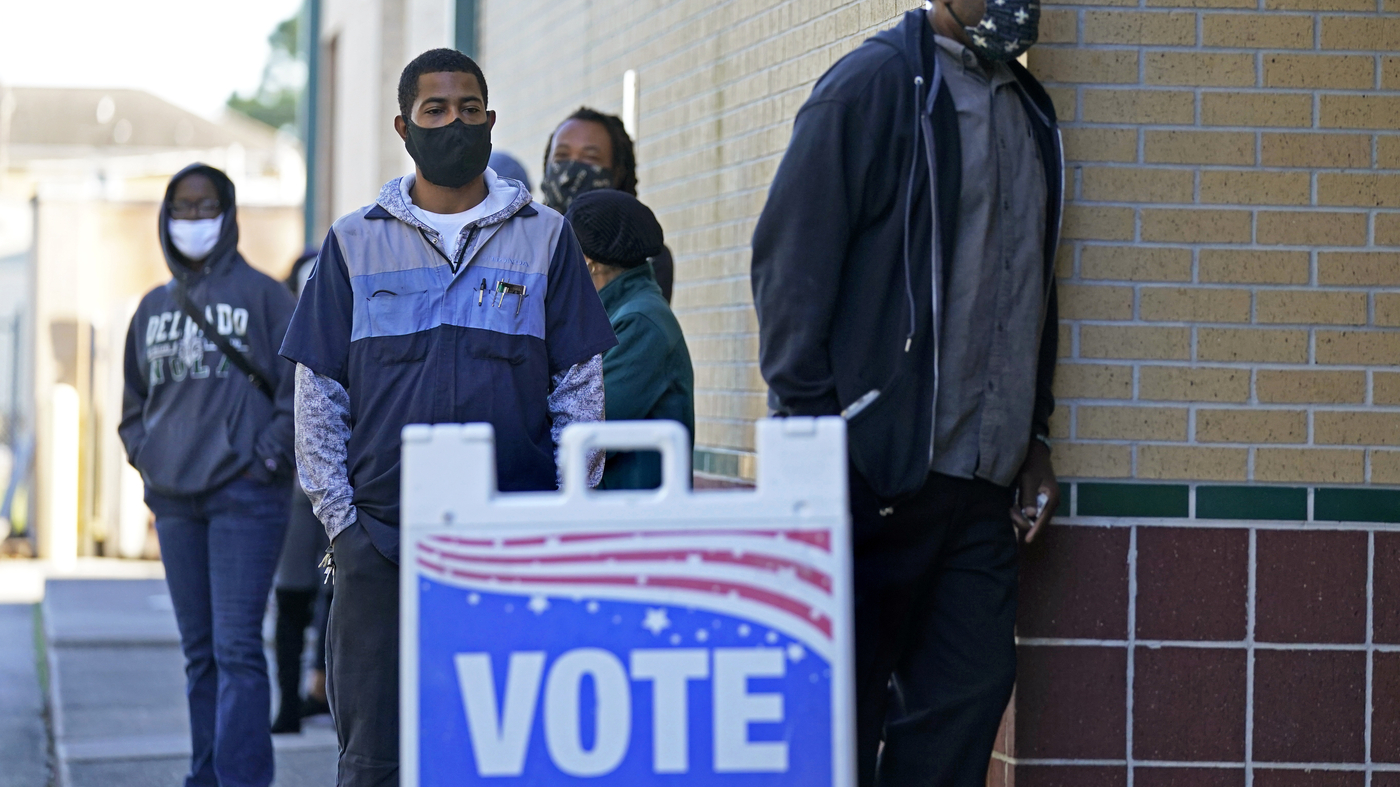The Supreme Court’s Decision to Rescind a Republican-Dreaded State from the 18th Congressional District of New Mexico (N.M.)
New Mexico is litigating congressional maps. On Tuesday, the Supreme Court rejected Alabama’s attempts to maintain its GOP-drawn districts, setting the stage for legal battles over the Voting Rights Act in other states. With a slim Republican majority in the U.S. House, the outcomes of these various redistricting cases could have a significant impact on the results of the 2024 election.
In New Mexico’s 2nd Congressional District, the state’s Democratic Rep.GABE VAZQUES beat his Republican opponent YS HERRELL last year. The trial challenging the map used in that race comes ahead of a likely rematch between the two in the 2024 election.
New Mexico’s 2nd District previously encompassed the entire southern part of the state, including a portion of the oil-rich Permian Basin and vast agricultural land. It was redrawn to exclude part of the state’s eastern border with Texas — a conservative-leaning area — and add a heavily Hispanic and Democratic part of Albuquerque, the state’s largest city.
Attorney for the plaintiffs Daniel Gallegos argued in that hearing that the Democratic-controlled Legislature’s actions amounted to a “constitutional harm” to GOP voters by violating the state’s Equal Protection Clause.
Attorney for Democratic leadership Sara Sanchez argued the plaintiffs were pushing back on a district that is simply harder for Republicans to win than it used to be.
The justices told the lower court to use a three-part test to assess the GOP’s claims. The test was first laid out by U.S. Supreme Court Justice Elena Kagan in her dissenting opinion in Rucho v. Common Cause, a notable case on partisan gerrymandering. It asks if lawmakers tried to weaken the opposition’s votes or if they succeeded and if there are nonpartisan justifications for where they drew the lines.
The evidence the court will use to determine lawmakers’ intent has already been a point of argument. According to documents in the case, current and former state legislators were subpoenaed for depositions. But Democratic defendants filed for a protective order in August, asserting that the state constitution affords lawmakers legislative privilege, protecting them from testifying about the legislative process.
He wrote that the intent of a legislator has to be limited if they want to help in deciding cases.
The judge said lawmakers can’t be called to testify about their deliberations on the map. Any statements made to individuals who aren’t involved in the legislative process before the map was enacted will be allowed. This could include statements made to the public, advocacy groups, journalists or even members of the state’s congressional delegation. Van Soelen added that the map itself and its effect will be the court’s primary means for gauging Democratic lawmakers’ intent behind where they drew the lines.
A federal appeals court has stopped the redrawing of Louisiana’s map of congressional voting districts, further complicating a long-running legal fight over the voting strength of the state’s Black voters.
The Voting Rights Act’s protections against discrimination against blacks is something that federal courts are tasked with interpreting, and Republicans in the South want to change that.
A three-judge panel of the 5th U.S. Circuit Court of Appeals voted 2-1 to cancel a lower court’s hearing for selecting a new redistricting plan that U.S. District Judge Shelly Dick had scheduled to start on Oct. 3.
The Louisiana Legislature vs. the Louisiana Senate: Next-Generation Elections in the Era of a High-Century Injunction
The districts that are likely to change hands in the next elections are in Louisiana where there are more minority voters than majority voters.
The high court ultimately sent the Louisiana case back to the lower courts for review in June “in advance of the 2024 congressional elections in Louisiana.”
A separate panel of 5th Circuit judges is set to hear arguments next week on whether the preliminary injunction ruling against the legislature-approved map was made correctly.
